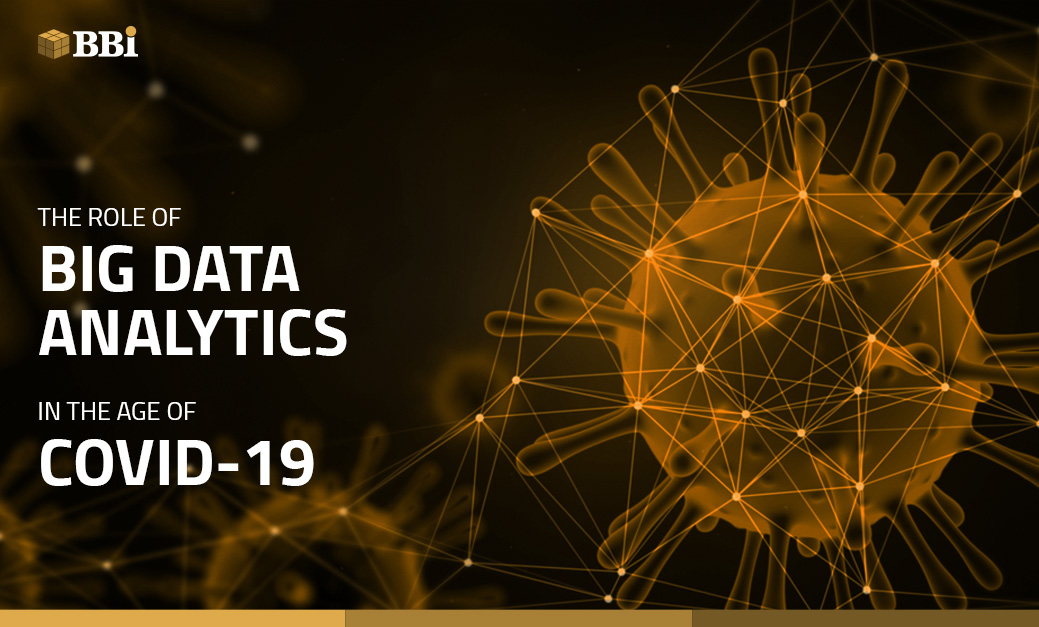

Over a year after the outbreak, the world continues to struggle to fight the COVID-19 pandemic. While most people have adapted to the new norm, fresh cases and new coronavirus variants are still being reported in many areas across the globe. World economies are also still reeling from the impact of lockdowns and business disruptions.
While the battle against the pandemic is far from over, we have at least gained more understanding of the coronavirus and its impact across all industries. Technology, particularly big data and artificial intelligence, plays a huge role in this.
An Influx of Data
To monitor cases and get a detailed view of COVID-19, analysts generate enormous amounts of data from multiple sources. Huge datasets are built, each one playing an essential role in determining the nature of the virus, how it spreads, and how it can be prevented.
These massive datasets are also used to determine the effect of the pandemic in various sectors especially in economic, health, and educational industries.
Leveraging Big Data to Find Solutions
Big data analytics and AI technology have been integral in understanding the coronavirus and finding solutions for its prevention and treatment. Massive and unstructured data are continually processed to identify patterns and significant changes that are critical in forming strategies for effective pandemic response.
One specific use case of big data analytics and AI is in epidemiological modeling. Virus transmission chains can be monitored more accurately. Individual movement data can be used to model the spread of the virus on a more granular level. Contact tracing becomes more efficient and contact rate estimates more accurate.
Big data is also important in identifying new variants and determining their differences. It aids in detecting anomalies and recognizing patterns in medical images, patient records, and laboratory results. It also helps in providing a clearer picture of how the pandemic affects businesses and world economies.
By providing better insights on COVID-19, it empowers us to find solutions for virus prevention, pandemic response, and economic recovery.
Predicting Changes through Big Data
Data from news sites and social media platforms can be used to predict the spread of the virus in various geographical areas. AI technology can be harnessed to identify clusters and forecast morbidity, mortality, and transmission rates. These predictions can help government and health authorities implement protocols to prevent further outbreaks.
Big data analytics also helps predict structural changes in lifestyle, economy, and society in general. It aids business organizations to make decisions that help them adapt to new consumer behaviors. It allows educators to see the impact of the pandemic on learners so they can take the necessary steps to transform the education system.
Data-Driven Future
Indeed, big data analytics has been critical in this time of crisis. It has contributed significantly to disease determination and the prediction of potential impacts on society as a whole. Most importantly, it has played a crucial role in developing vaccines and preventive solutions.
But even when the pandemic is over, we can expect to see a more data-driven future. Big data will continue to play an important role in all sectors of society.

